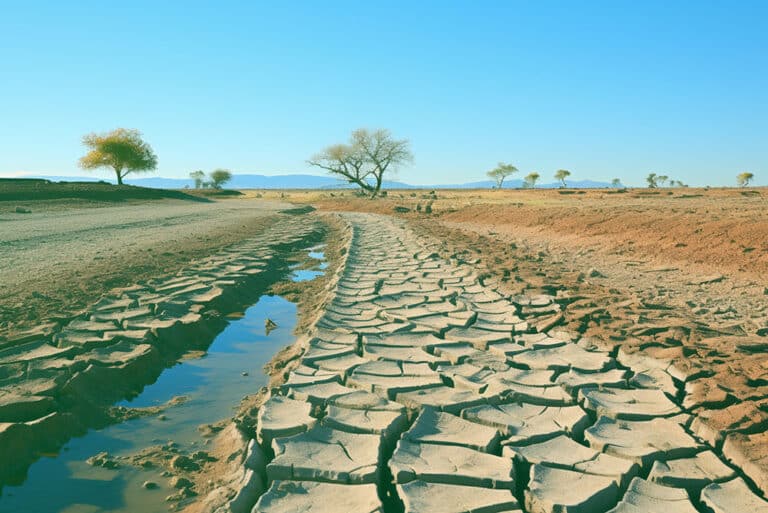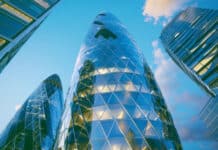
Market and portfolio commentary from institutional investor Nuveen, as part of their quarterly Global Investment Committee Outlook.
Current market environment:
- Overall growth in the U.S. and many other countries has either slowed, turned negative or been subject to greater instability amid a variety of economic obstacles.
- Divergent monetary policy around the globe, along with intensifying political (and geopolitical) divides, adds to the uncertain footing.
- How might investors find their way around these cracks? In our view, the following portfolio themes point in the right direction.
Portfolio management
- Equities – Step toward quality and scale back exposure to the ups and downs of the economic cycle.
-
- U.S. large cap dividend growth stocks and infrastructure companies look especially attractive.
- We’re also increasingly favorable toward select opportunities in non-U.S. developed markets, especially Japan.
- In fixed income, we broadly favor adding credit risk while maintaining a neutral duration stance.
Also read: All Quiet On The Western Front: The End of the TFF
- Fixed income and real assets
-
- Today’s environment is well-suited to floating-rate investments such as senior loans, which offer compelling yields and relatively strong fundamentals, as well as a positive supply and demand backdrop.
- We’re also partial to private credit, whose solid foundation of attractive yields, healthy coverage ratios and ample liquidity has so far allowed it to sidestep potential stress fractures.
- Lastly, allocating to real assets provides investors with a more diversified source of risk factors.
- Clean energy transition
-
- The long-term trends toward electrification and renewable power appear unstoppable.
- Opportunities include direct investments in specific clean energy industries like solar and wind, complemented by exposure to more traditional energy sources (e.g., natural gas, nuclear power) that will still be needed to meet energy demand while alternative sources and technologies continue to mature.
































